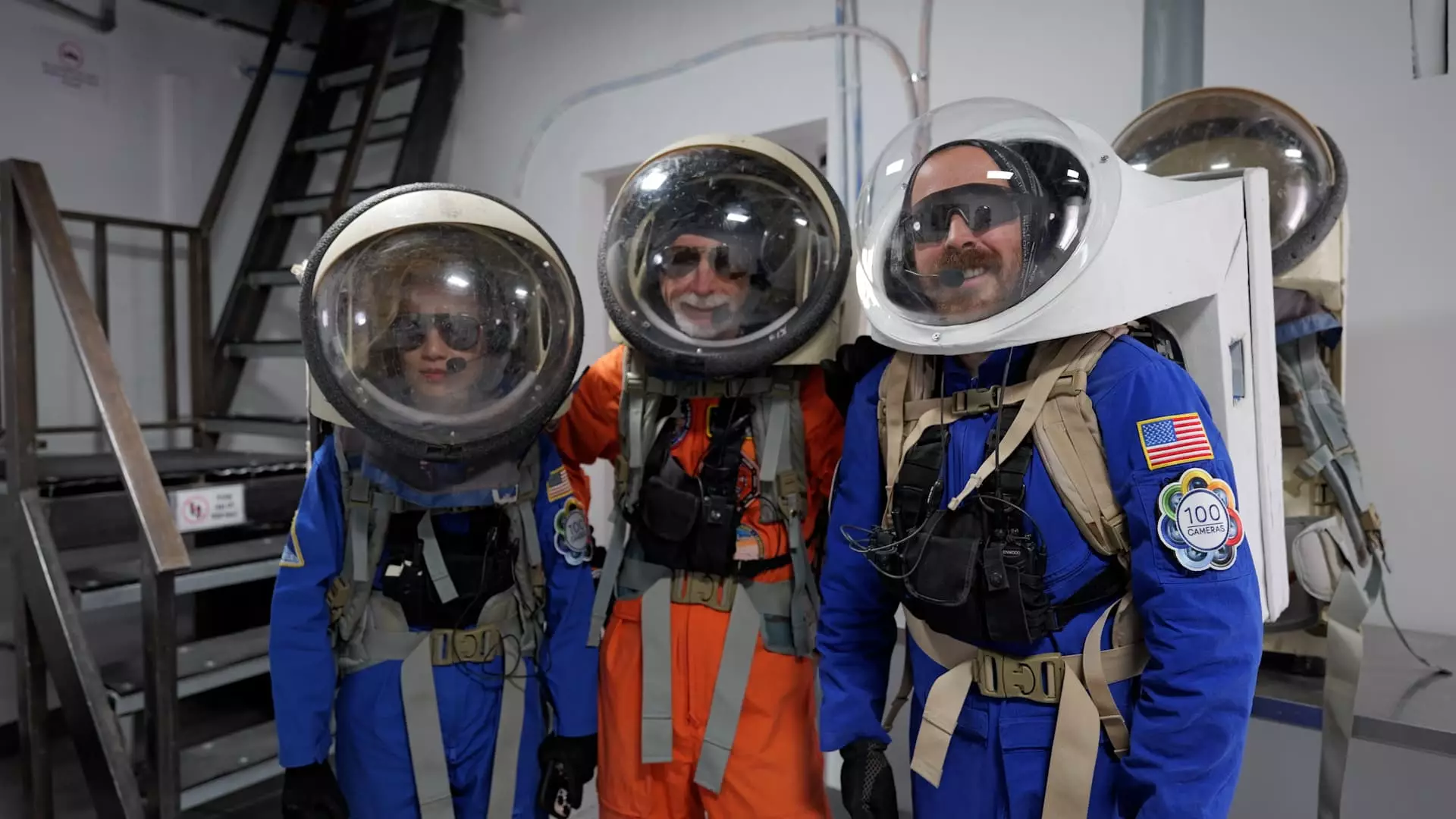The pursuit of interplanetary travel is no longer just a science fiction fantasy; it is rapidly becoming a tangible goal propelled by technological advancements and ambitious visionary leaders like Elon Musk. Central to this journey is the strategic use of Earth-based analog missions, which serve as vital testing grounds for what life might be like on Mars. These missions, conducted in the stark and unforgiving landscapes of Utah’s canyons, simulate the environment, challenges, and routines that future Martian explorers will face. By immersing crews in conditions that mimic the Red Planet, scientists and engineers can refine protocols, improve equipment, and understand the psychological endurance required for long-duration space travel.
While space agencies such as NASA have historically relied on isolated experiments and specialized training, private organizations like the Mars Society have elevated this approach by creating realistic testbeds. The Mars Desert Research Station (MDRS) exemplifies a meticulously crafted environment that pushes its participants to their physical and mental limits, emphasizing the importance of survival skills, teamwork, and innovation in extreme conditions. These efforts are not merely academic exercises; they are pragmatic steps toward ensuring that when humans do voyage beyond Earth, they are prepared to confront and overcome adversity.
The Human Element: Preparing for the Martian Daily Grind
One might assume that technological excellence alone will guarantee success in future Mars missions, but the true challenge lies in human resilience. Crews like Crew 315, operating under the watchful eye of mission planners, engage in routines that emphasize discipline, communication, and adaptability. Their daily schedules reflect a microcosm of what life on Mars will demand—early mornings, strategic planning meetings, and extravehicular activities (EVAs).
The concept of EVAs, or spacewalks, is among the most daunting aspects of space exploration. These activities require meticulous planning, precise execution, and an almost obsessive attention to safety protocols. In the Utah simulations, crew members don spacesuits and navigate Mars-like terrain, testing their ability to perform complex tasks while constrained by bulky clothing and limited mobility. Such rigorous practice instills confidence and competence, addressing not only logistical hurdles but also the emotional toll of isolation, confinement, and high-stakes responsibility.
The engineers and scientists involved acknowledge that establishing a sustainable routine—an unbroken rhythm—is perhaps the most formidable challenge. Even in a controlled Earth environment, maintaining mental focus and team cohesion under the stress of a simulated Martian day can be taxing. When scaled to actual Mars conditions, where delays in communication, extreme environmental hazards, and limited resources will be constant, these lessons become invaluable.
Beyond Technology: Cultivating Human Capabilities for Mars
Ultimately, the future of Mars exploration hinges on more than just rockets and rovers; it depends on the resilience, adaptability, and ingenuity of human explorers. These analog missions serve as crucibles for developing these qualities, revealing gaps in current strategies and inspiring innovative solutions. As Elon Musk envisions humans setting foot on Mars by 2029, it is clear that the path forward involves rigorous preparation, not only on the technical front but also in nurturing the psychological and physical endurance necessary for long-term survival.
The insights gained from Utah’s barren landscapes resonate beyond the scientific community—they underscore humanity’s indomitable spirit to explore the unknown. Preparing for life on Mars is as much about cultivating mental toughness, leadership, and teamwork as it is about engineering breakthroughs. These dual pursuits—technological and human—must advance in tandem if we are truly to realize our interplanetary destiny. The ongoing success of analog missions signifies a crucial, step-by-step march toward transforming cosmic dreams into practical realities, fueling human curiosity and resilience every day.

